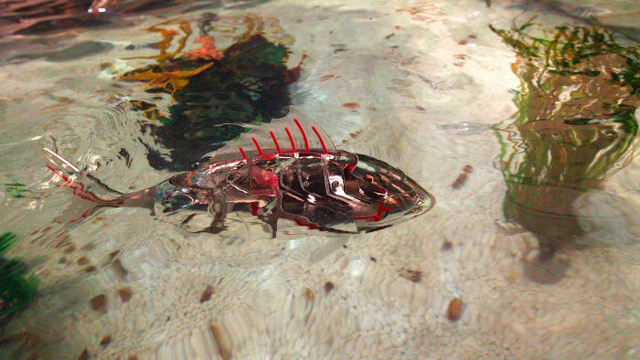
‘The day is coming when a single carrot, freshly observed, will set off a revolution.’
– Paul Cezanne
Again, Unit 20 is beginning by looking at objects, specifically tools. ‘Tool’ comes from the German ‘to prepare’. If we are entering an era that requires a radical rethinking of the world around us and our relationships to it, we need to form new resources or ways of thinking about resources.
‘Design presents itself as serving the human but its real ambition is to redesign the human’
– Beatriz Columina & Mark Wigley, Are we Human?
What can we extrapolate from our tools? What can they teach us about ourselves and about our needs? How might we invert or subvert them so that we are as much fashioned by them as they are by us?
‘To think about design demands an archaeological approach. You have to dig. Digging, documenting, dissecting, discussing – digging, that is, into ourselves.’
– Beatriz Columina & Mark Wigley, Are we Human?
With the formation of new kinds of datascapes and electrical ecosystems comes unknowable ‘abstract’ or surreal new imagery or thoughts beyond logical comprehension.
As disparate and classically unassociated information and material accumulates, it builds new scapes of seemingly uncontrollable complexity that may be almost grotesque to our understanding.
It is Unit 20’s postulation that this too is a kind of tool for examination and that, by tuning into it, new kinds of exchanges are possible. The question is: how? How can we hear other languages and other voices and adopt and adapt them into new languages and propositions? What changes are required to our immediate environment – housing, communal space, distribution of resources? What would it mean for humans to renege their authority to other kinds of intelligence and ways of thinking the world? What kinds of constructions would be needed? What are the consequences for architecture and for architects?